Over its six seasons to date, My Hero Academia has introduced audiences to many memorable heroes and villains. However, Tomura Shigaraki stands out as more than just another villain – he represents a complex exploration of the nature of villainy itself.
In the world of anime, characters often fit into predetermined archetypes and role models. Shigaraki defies these stereotypes.
His traumatic childhood led him on a path to eventually become the embodiment of evil without limits, providing profound insights into the nuances of human nature, morality, and the gray areas in between.
Among the countless villains that encounter the UA students, Shigaraki is in a league of his own.
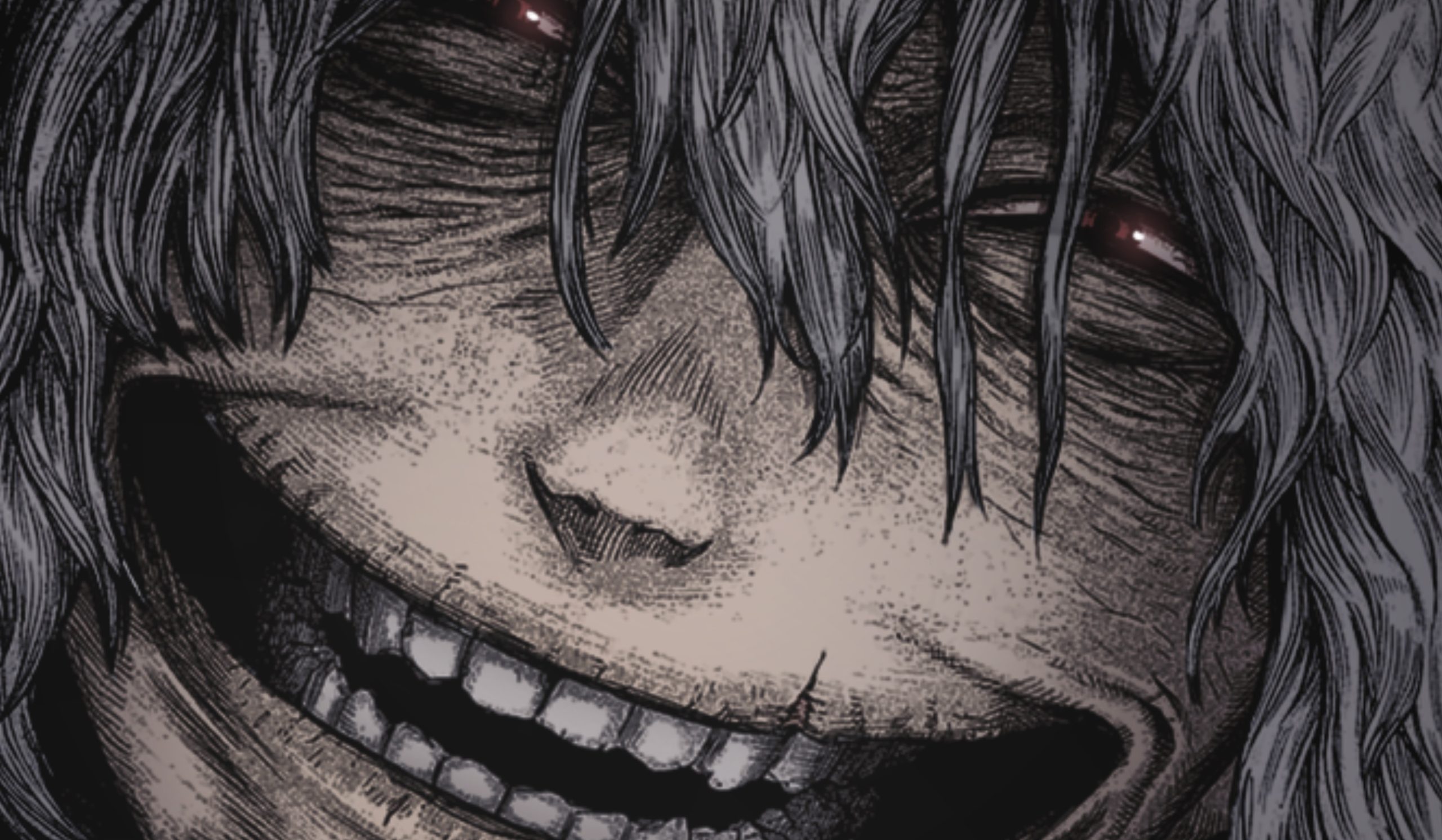
What really sets Shigaraki apart from other anime villains is his character development throughout the series. Unlike other one-dimensional villains, Shigaraki grows and transforms as the story progresses. His importance stems not only from his actions but also from the deeper truths they reveal.
In a world where the lines between hero and villain are often blurred, Shigaraki’s story shines as one worth following. His position as central villain owes not only to his misdeeds but also to the richer meanings they convey.
Unravel the tragic legacy of Tomura Shigaraki’s family
Tomura Shigaraki’s backstory in My Hero Academia sheds light on how childhood trauma can pave the way for someone to become a villain. His traumatic history reveals deep, unresolved family wounds that span generations.
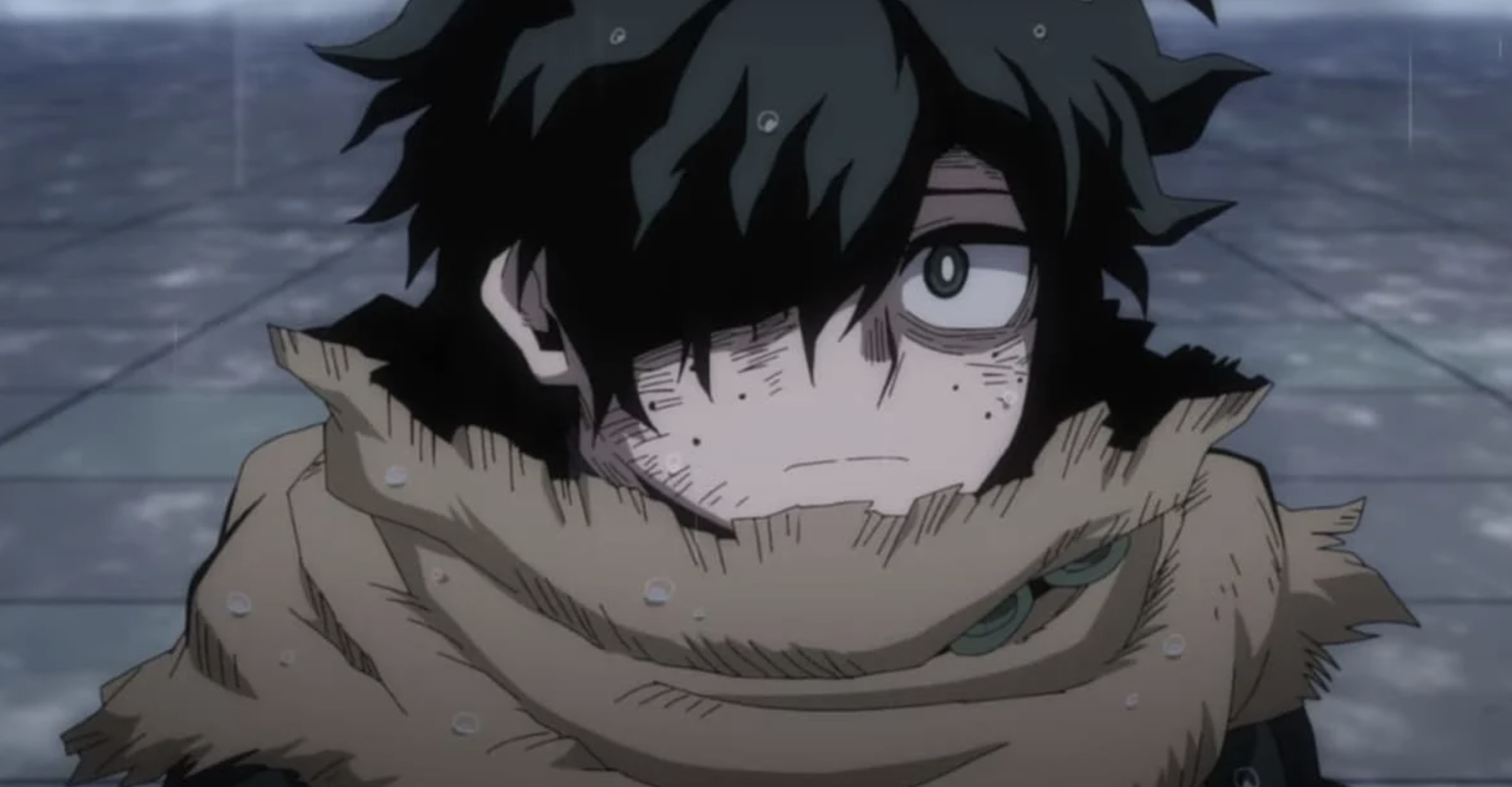
Shigaraki’s grandmother, Nana Shimura, abandoned his father as the seventh holder of One For All to protect him from All For One. However, this decision unintentionally created a cycle of suffering that shaped his father’s treatment of Shigaraki and his hatred of heroes.
The lack of support and understanding from his family deeply traumatized Shigaraki, causing him to sink into darkness. His path did not originate from a sudden change but from the tragic ending of a family that was always hurt rather than healed.
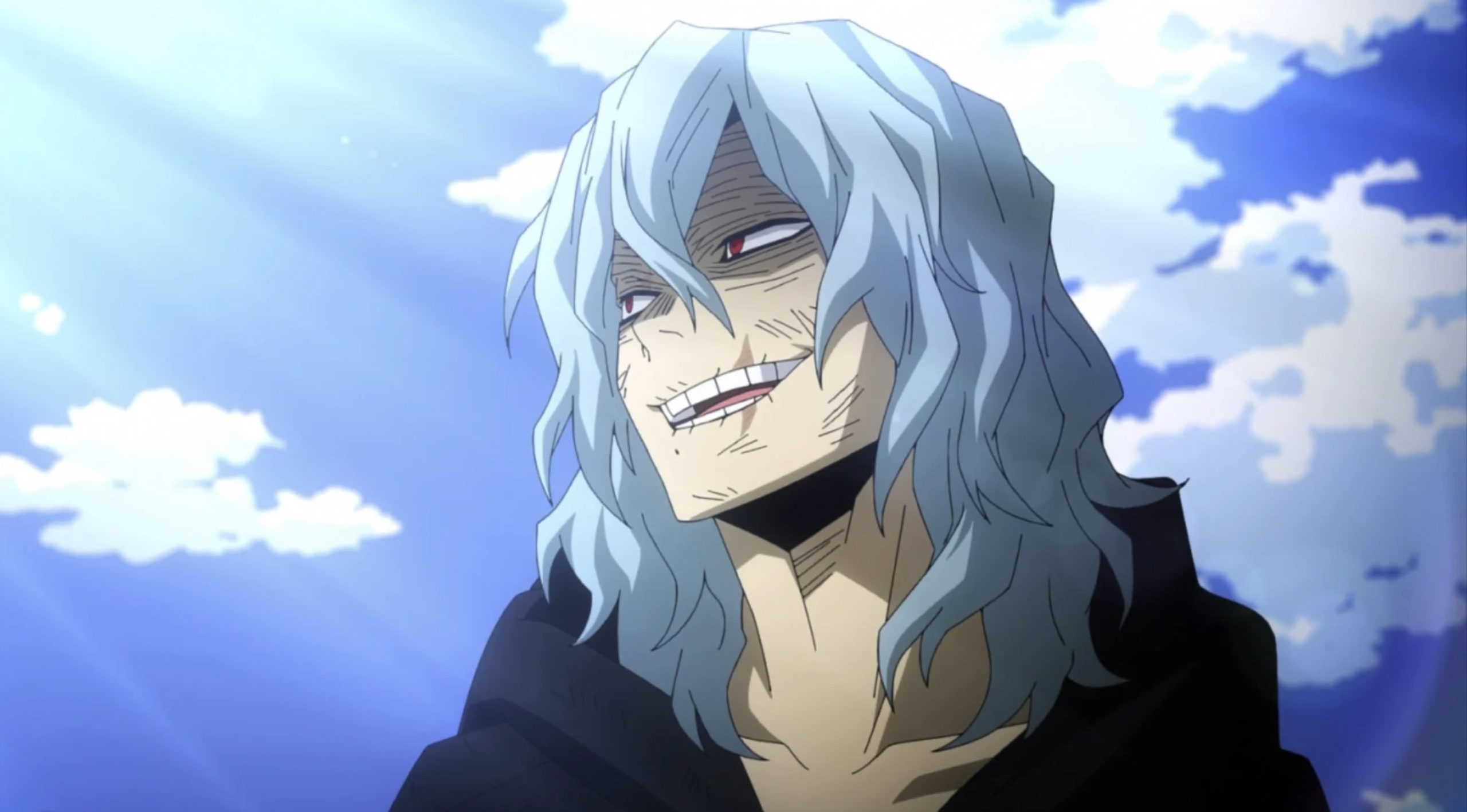
Shigaraki’s story highlights how a childhood of neglect and abuse can make someone vulnerable to being drawn into villainy. His traumatic past shows the need to break unfavorable cycles instead of passing on the pain to the next generation.
The persistent echo of ancestral pain
Shigaraki’s backstory serves as a sobering warning about how ancestral family trauma can affect multiple generations. Unable to escape the torment of his past and burdened by crushed expectations, Shigaraki becomes the embodiment of his own broken spirit.
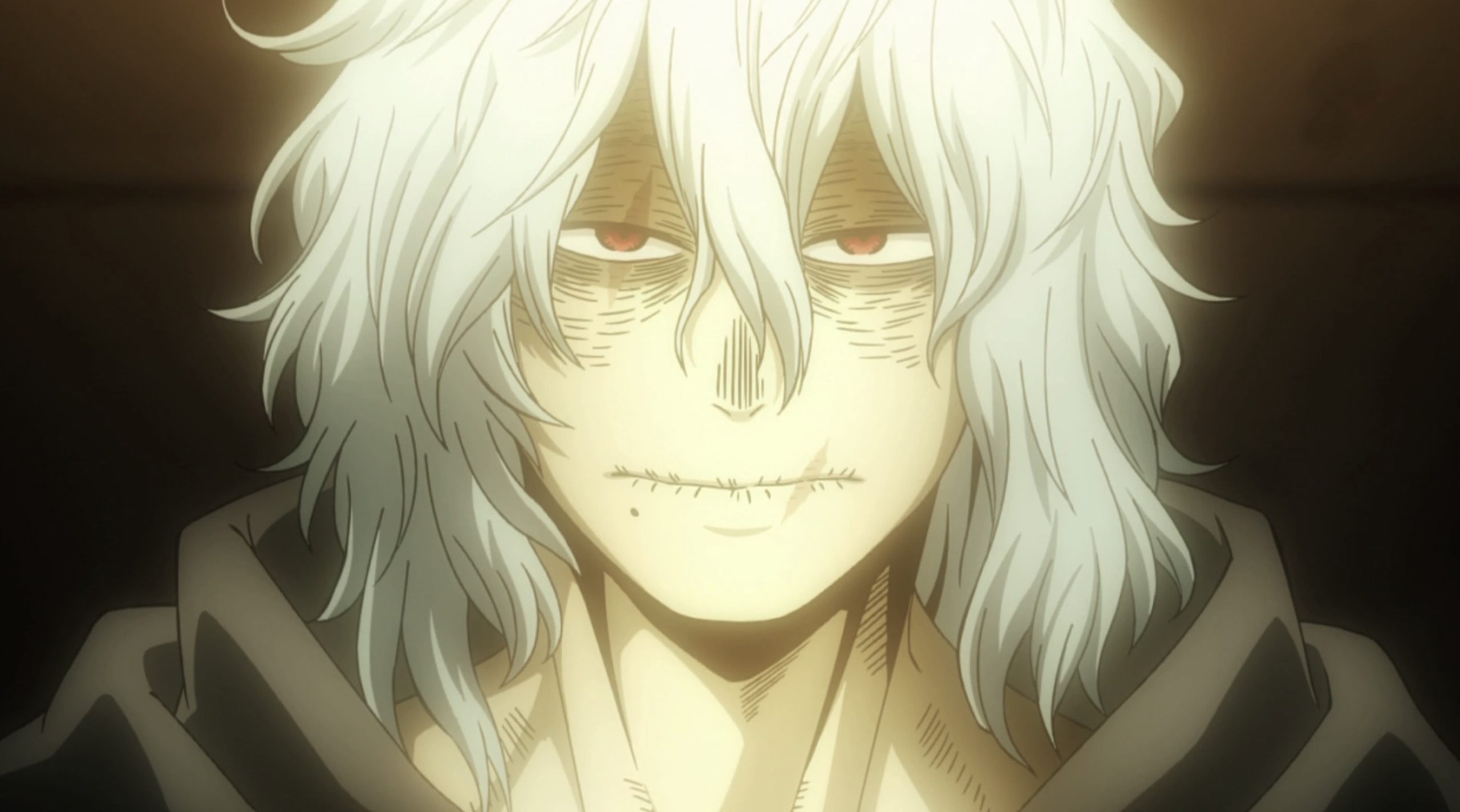
This makes him more than just a regular villain; he is a tragic figure who stems from a childhood devoid of love and nurturing. His story is a sobering lesson in how neglectful parents and suppression of their children’s joy can affect their future.
Shigaraki’s feelings for heroes were considered unacceptable, and as his Quirk developed, he suppressed it for as long as possible. On the fateful night, he killed his family, fled, and was found by All For One, who protected him.

Set against My Hero Academia’s ongoing questioning of the hero/villain dichotomy, Shigaraki’s arc is a heartbreaking tale of how an innocent boy is transformed into an agent of destruction by his anger. ancestral pain.
His story conveys the lasting damage that old family wounds can cause across generations.
Shigaraki’s complex motives and nuances of heroism
Shigaraki’s motivation for creating a villain in My Hero Academia was more than simply a desire for chaos. He harbors deep resentment with the way society venerates heroes.
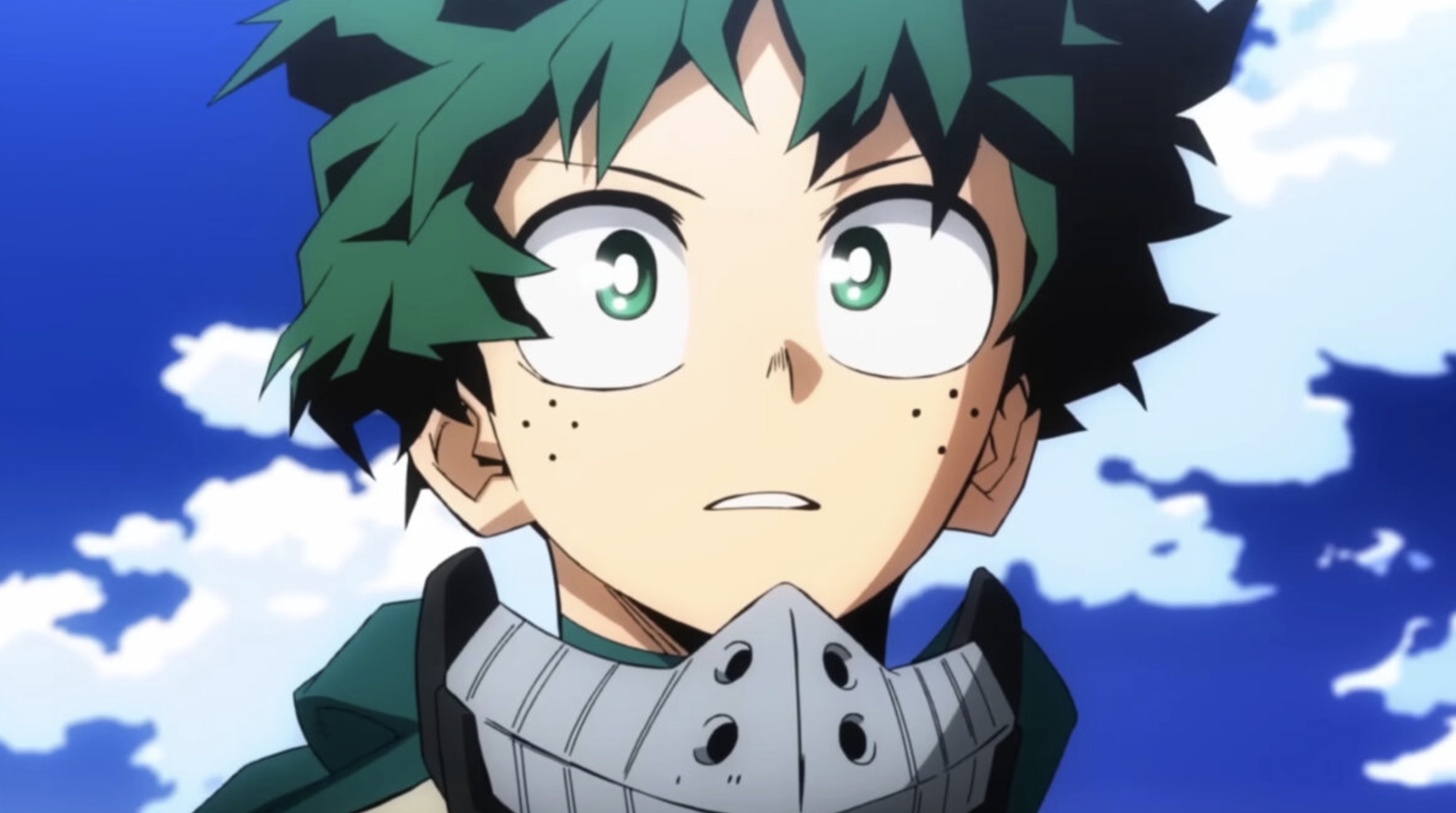
Unlike protagonist Izuku Midoriya, who aspires to do good and inspire hope like Deku, Shigaraki sees the world as flawed and heroes as false idols. All For One takes advantage of this disillusionment to steer Shigaraki down an even darker path.
Shigaraki’s perspective adds nuance to My Hero Academia. While Midoriya aims to become a true hero, Shigaraki’s arc conveys that the path to heroism is not simple.
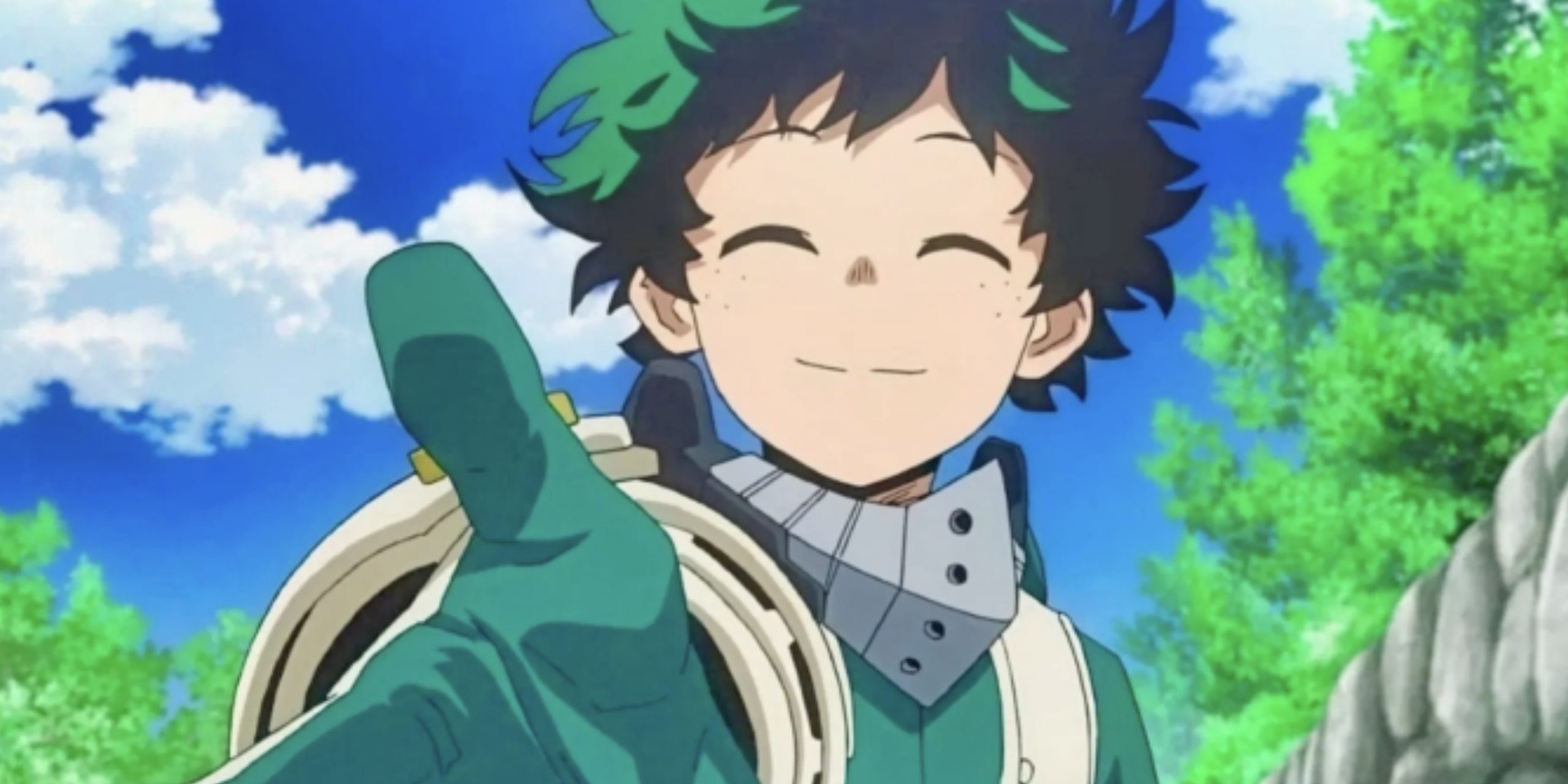
He emphasized that even respected heroes can hurt their families and that blindly worshiping those who do harm is unjust. Rather than acting as a general agent of anarchy, Shigaraki embodies the accumulated wounds caused by generations of psychological trauma.
His villainous role emphasizes the complexity of striving for an idealized form of heroism. Shigaraki’s perspective challenges simple notions of good and evil in a way that adds depth to the series.

